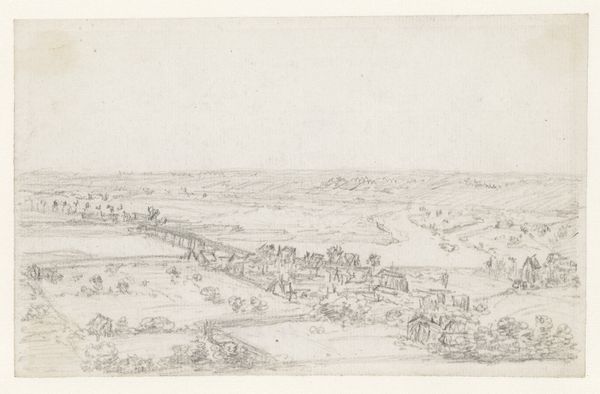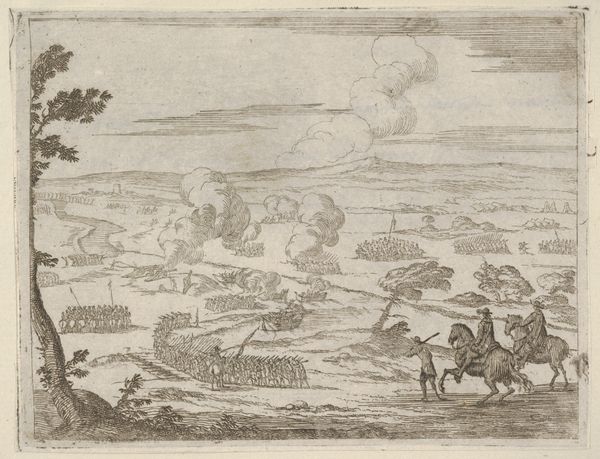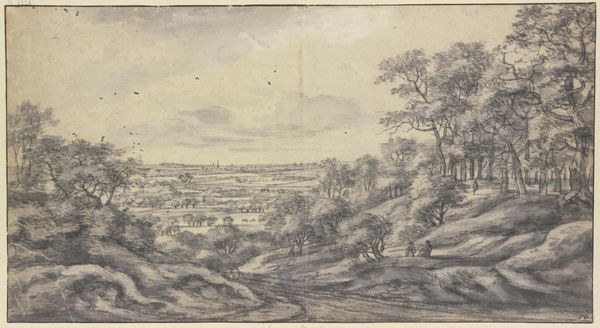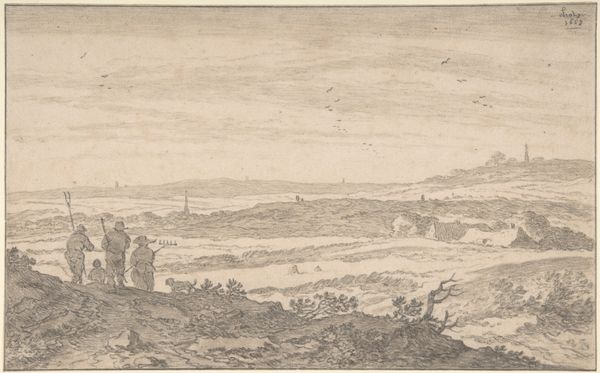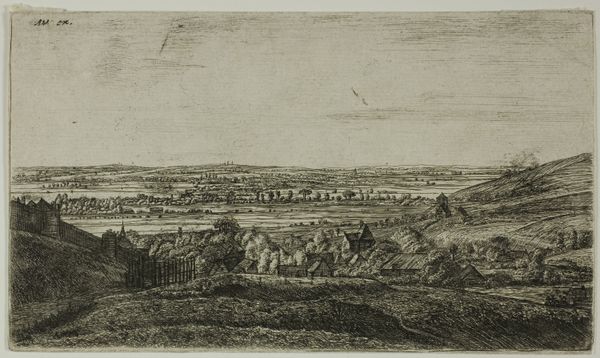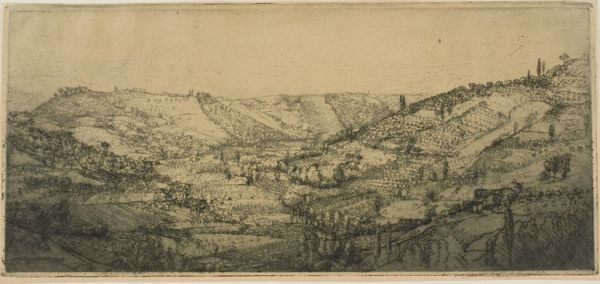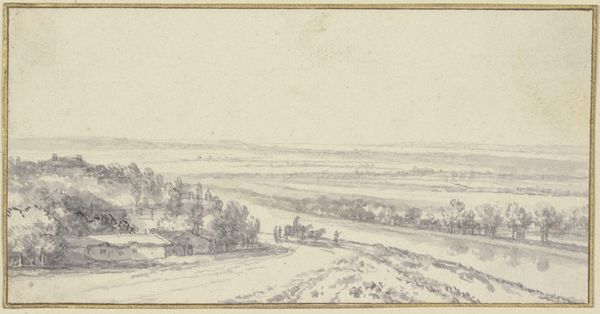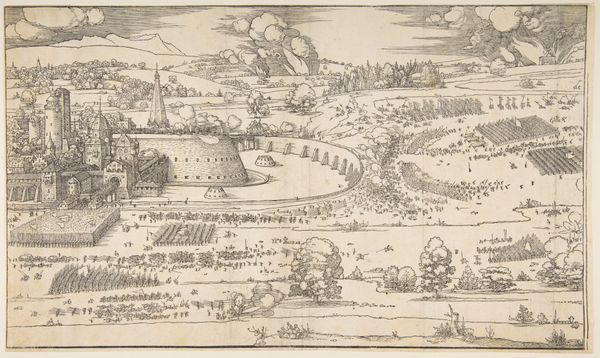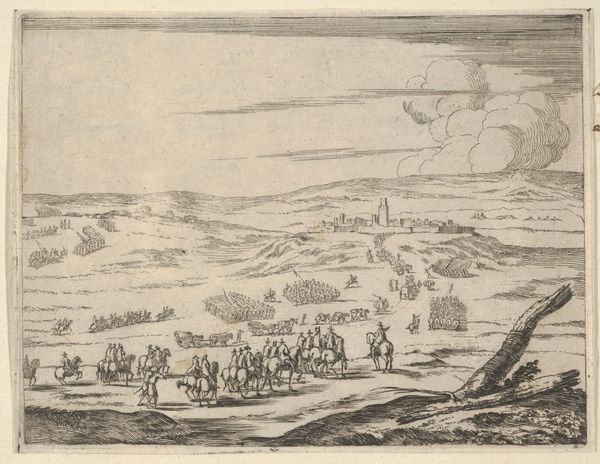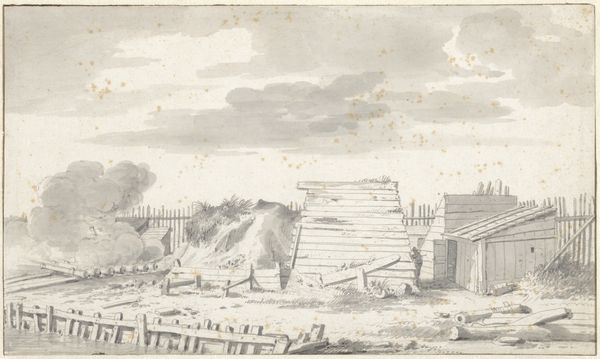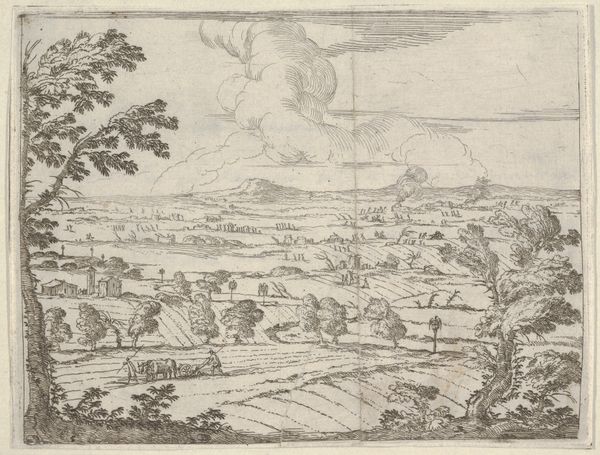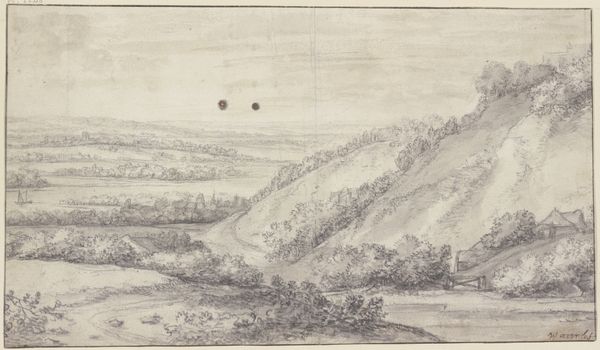![Francesco I d'Este Approches the Camp of the Enemy Under the Pretext of Battle, Although he Obtains their Surrender Without Battle, from L'Idea di un Principe ed Eroe Cristiano in Francesco I d'Este, di Modena e Reggio Duca VIII [...] by Bartolomeo Fenice (Fénis)](/_next/image?url=https%3A%2F%2Fd2w8kbdekdi1gv.cloudfront.net%2FeyJidWNrZXQiOiAiYXJ0ZXJhLWltYWdlcy1idWNrZXQiLCAia2V5IjogImFydHdvcmtzLzk3MzRlMjY0LTU4ZDUtNDNhZC05YjA0LWViYzA2OGRhYjdlNS85NzM0ZTI2NC01OGQ1LTQzYWQtOWIwNC1lYmMwNjhkYWI3ZTVfZnVsbC5qcGciLCAiZWRpdHMiOiB7InJlc2l6ZSI6IHsid2lkdGgiOiAxOTIwLCAiaGVpZ2h0IjogMTkyMCwgImZpdCI6ICJpbnNpZGUifX19&w=3840&q=75)
Francesco I d'Este Approches the Camp of the Enemy Under the Pretext of Battle, Although he Obtains their Surrender Without Battle, from L'Idea di un Principe ed Eroe Cristiano in Francesco I d'Este, di Modena e Reggio Duca VIII [...] 1659
0:00
0:00
drawing, print, engraving
#
drawing
#
baroque
# print
#
landscape
#
pen-ink sketch
#
history-painting
#
engraving
Dimensions: Sheet: 4 13/16 × 6 1/4 in. (12.3 × 15.9 cm) Plate: 4 13/16 × 6 3/16 in. (12.3 × 15.7 cm)
Copyright: Public Domain
Curator: This is an engraving by Bartolomeo Fenice, created in 1659, titled "Francesco I d'Este Approches the Camp of the Enemy Under the Pretext of Battle, Although he Obtains their Surrender Without Battle, from L'Idea di un Principe ed Eroe Cristiano in Francesco I d'Este, di Modena e Reggio Duca VIII [...]" quite a mouthful. Editor: My initial impression is one of meticulously ordered chaos. Despite the somewhat subdued monochromatic palette, the landscape vibrates with tension. The eye struggles to settle. Curator: The baroque love of detail certainly comes into play here. Note how Fenice meticulously renders each figure and encampment. It is the linearity, the layering of forms receding into space, that gives it order. Observe the formal structure—foreground, middle ground, background—creating a coherent visual narrative. Editor: But isn’t that coherent narrative deliberately constructing a very particular vision of Francesco d’Este? Think about the socio-political context; a leader securing a bloodless surrender is excellent propaganda. The clean lines you admire serve a specific ideological function, smoothing over any messy realities of power and conflict. Curator: Perhaps. Yet consider the visual impact. The precise use of line, the varying densities of the hatching, that controls light and shadow. There’s also an elegant system at work, organizing a very busy picture plane. That speaks to Fenice’s skillful technique. Editor: Absolutely. But this isn’t simply about artistic mastery. What story is it telling, and for whom? The artist is not operating in a vacuum. He's representing an ideal of leadership in a way designed to bolster the Duke's image during a turbulent period. Curator: I agree context is essential, however by analyzing the elements that create its specific form, the engraving reveals something essential. It offers not just a story but also a fascinating structural framework. Editor: And that structure tells a very carefully managed story. Recognizing that reminds us to critically examine history through art, to discern how power dynamics shape even seemingly objective visual records. Curator: Precisely, by understanding how artistic principles and political agendas intertwine. The true depth of its visual narrative opens. Editor: Indeed, revealing a powerful case for how historical figures are actively constructed, not passively recorded.
Comments
No comments
Be the first to comment and join the conversation on the ultimate creative platform.
